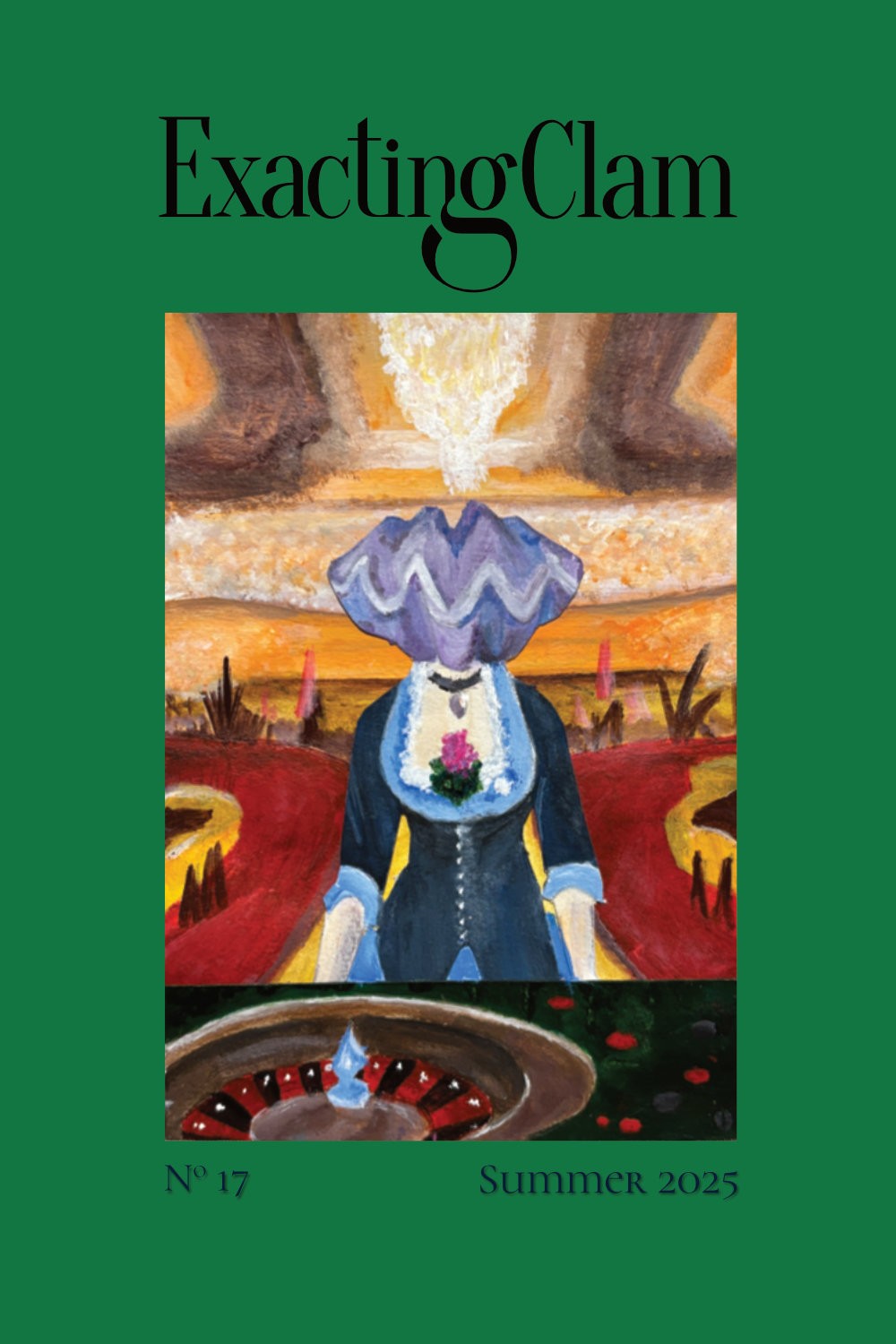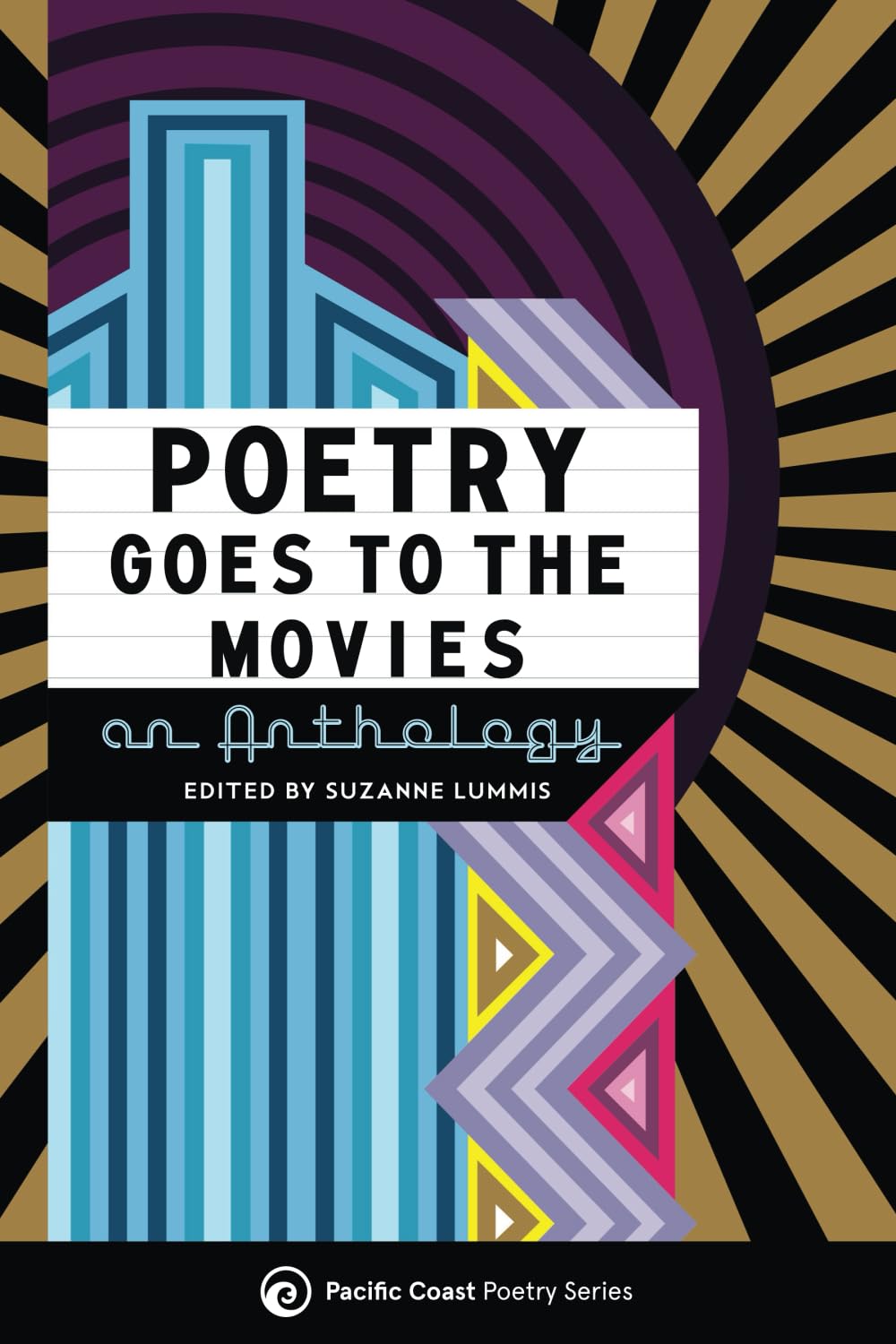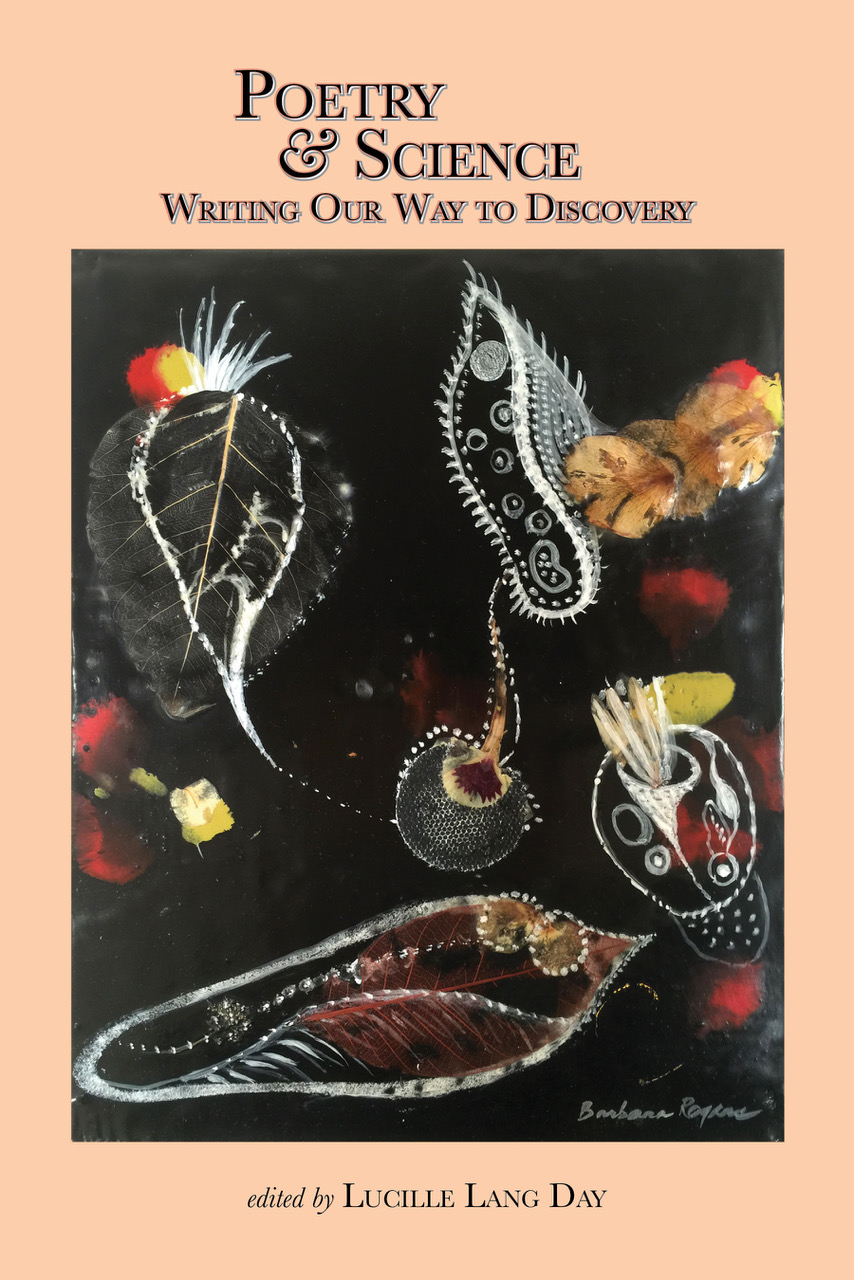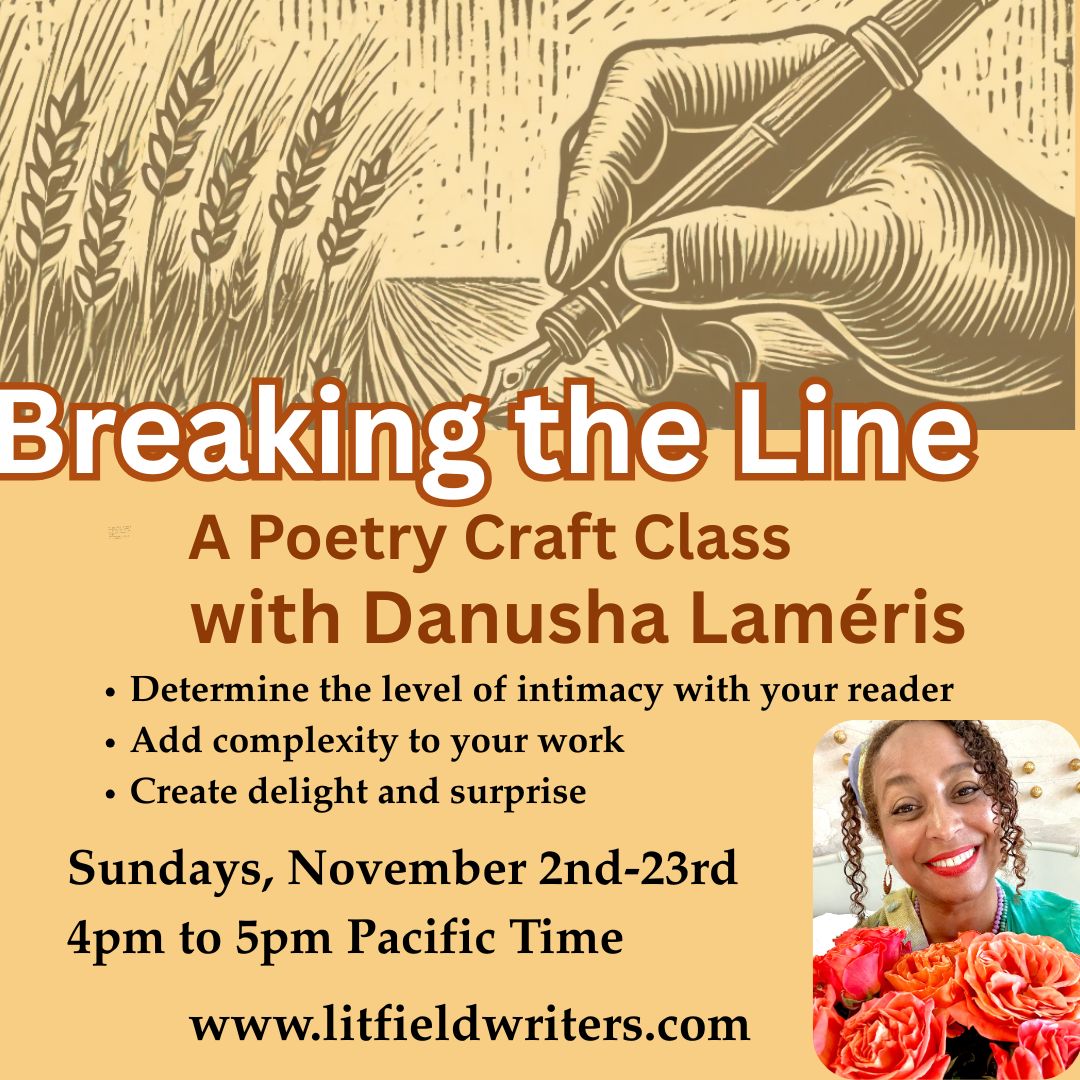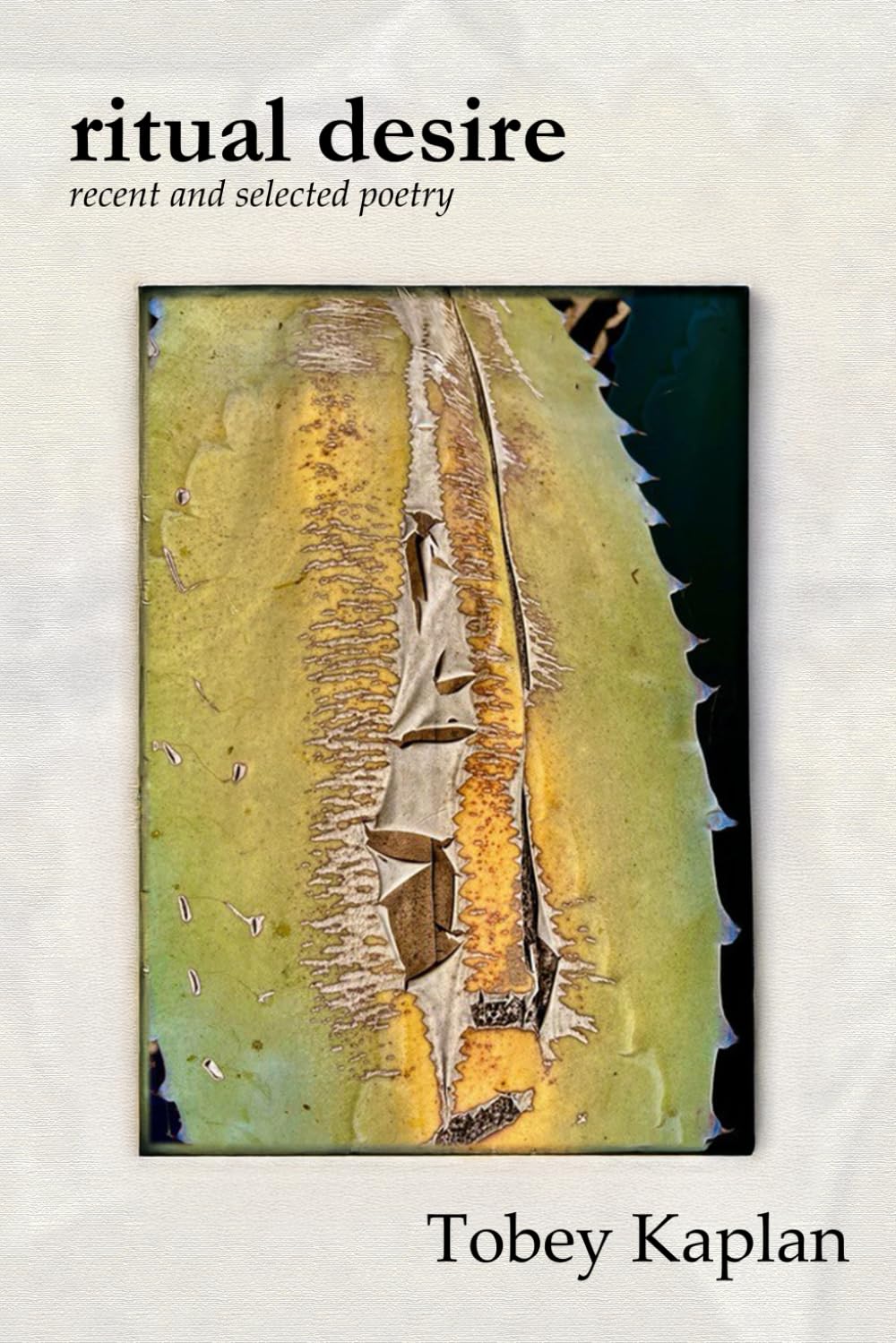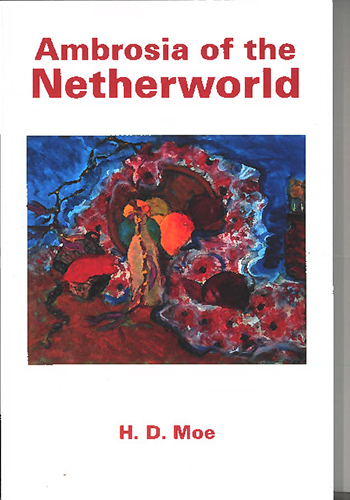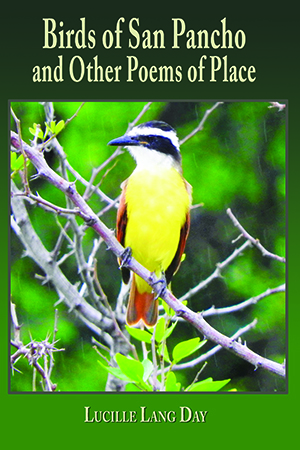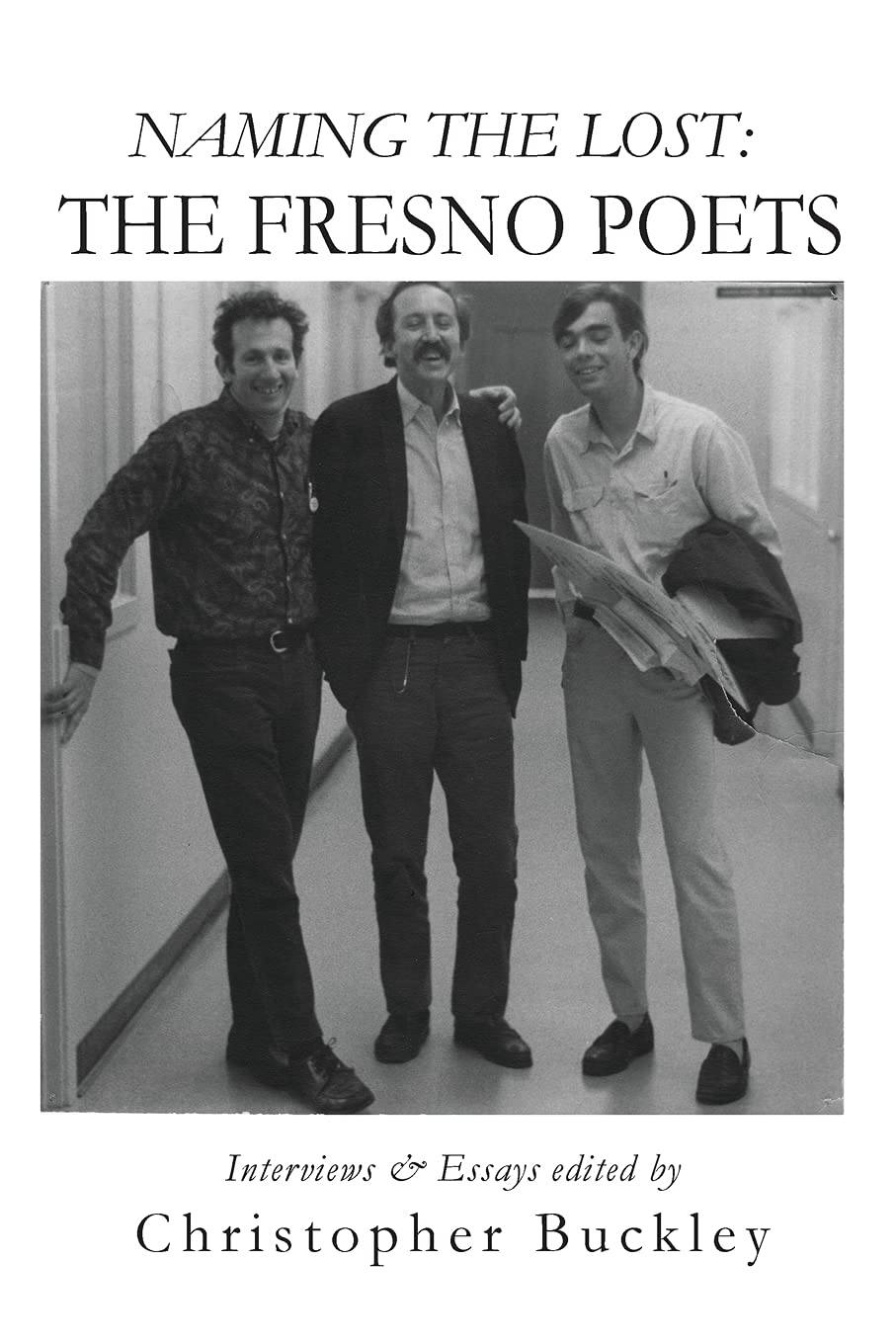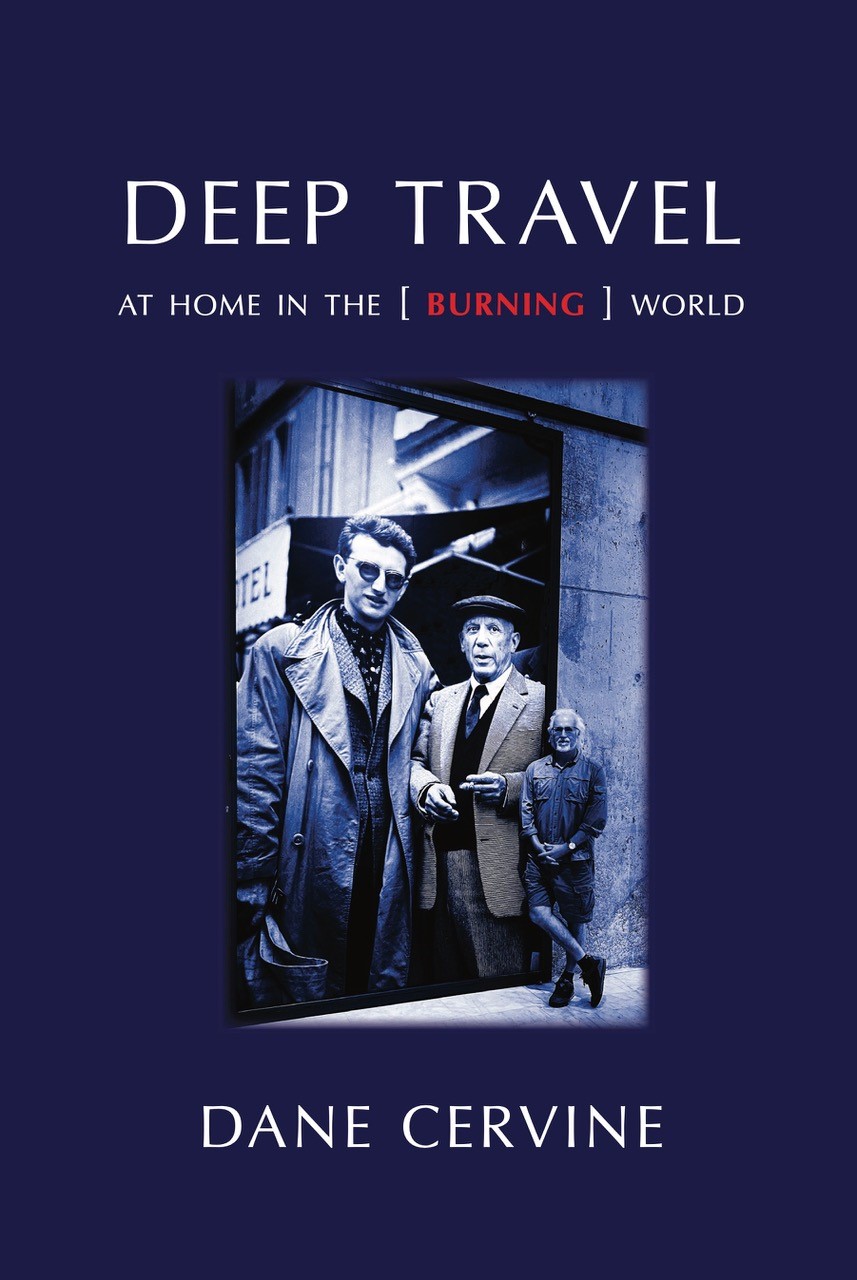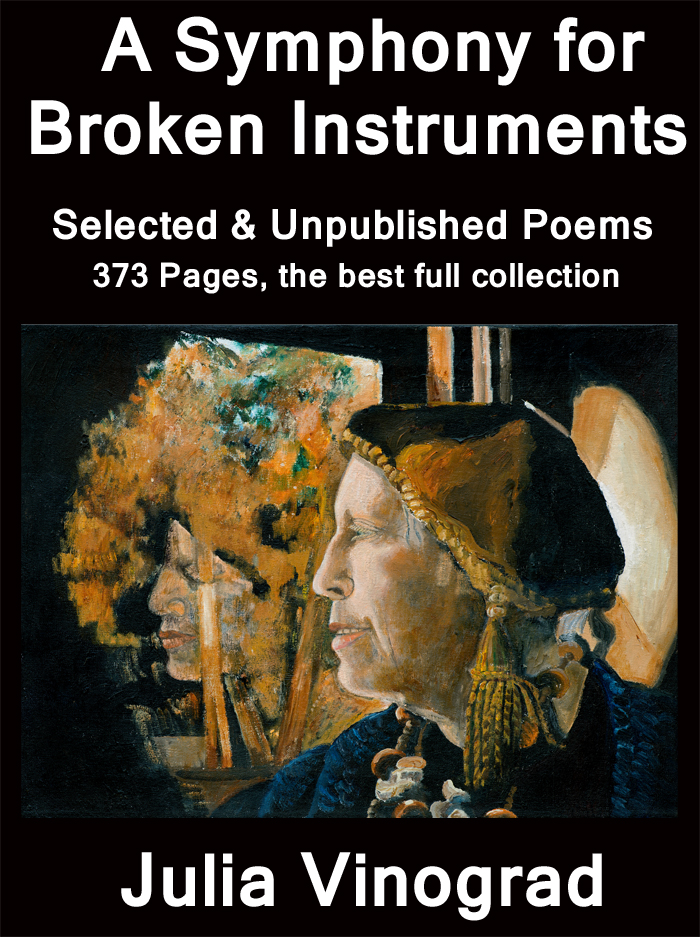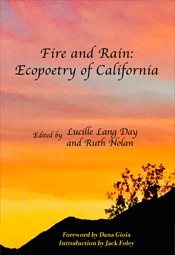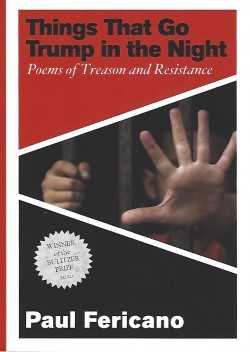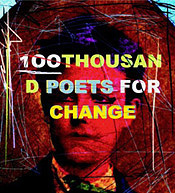

Linda J. Albertano. Photo by Alexis Rhone Fancher.
Tower of Power: The Life of Linda J. Albertano
by Suzanne Lummis
SHE WAS LOS ANGELES'S veteran multi-disciplinary performance artist of the city's Second Wave (who'd found her calling when she studied with Rachel Rosenthal, a leading figure in Los Angeles's performance art movement's First Wave, in the '70s). She was a vocalist, musician and poet, or writer of poem-like things, speaker of witty, surrealist monologues and—together with her instructor, Kora master Prince Diabate—player of that difficult, many-stringed African instrument traditionally forbidden to women. People knew her famous height, 6' 4", but never her age. When asked, Linda Albertano always claimed she was 27 but had lived fast and hard [some say she was born in 1942; some say 1952]. The part about living was true. Wow, did she live, from Venice, California (her apartment complex stood just one block and one Pacific Coast Highway from the sand) to Vietnam, to Amsterdam, to Western Guinea. She performed in all these places, and more. She was Los Angeles's and she was the world's.
Linda Albertano kept packing in experience and delivering experiences to others until age (cough, cough), September 13, 2022. Frank Lutz, her partner of fifty-five years—then, in the last days of her life, husband—has this fall endowed Beyond Baroque Literary Arts Center in Venice a fellowship in her name, an endowment to enable women to study, tuition free, poetry writing with an accent on the art of performance, The Linda J. Albertano Fellowship for Women Poets.
•
What is the most interesting set of facts about the late, but recent, multi-disciplinary performance artist Linda J. Albertano? Is it…
A:
That in the late 1960s, she arrived in L.A. on a Greyhound Bus with $50 in her pocket, knowing no one, but with her impressive height and a presence to go with it landed a job at Disneyland as Space Girl, host to Tomorrowland, and then as a silent Greek goddess representing Colgate-Palmolive, taught herself the guitar, played coffee houses, got a student loan to go to UCLA film school and supplemented it by waitressing, working as a map librarian and teaching guitar, toured Vietnam and South Korea with other entertainers for USO, then in the late '70s, went through a life changing, life discovering experience when she studied experimental performance techniques with Rachel Rosenthal, a seminal figure in Los Angeles's Women's Art Movement. After that coming-of-age, Linda landed the role of Evil Nurse and Executioner and toured with the most transgressive, and successful, rockstar of the day. Among other transgressions, in each show Linda Albertano, in full frightening face paint, enacted piercing the neck of screaming Alice Cooper with a syringe of liquid. All in good fun, of course.
Now, a confident performer and creator of her own shows, with a style like no one else's, humorous, serious, wonderfully and wildly inventive yet highly disciplined, in 1994, together with Wanda Coleman, Lydia Lunch and Exene Cervenka, she represented the innovative end of the L.A. art scene at the One World Poetry Festival in Amsterdam.
She got great reviews, including one in this publication:
"Linda Albertano, a very tall, striking blonde with fine eyes, was softer, more modulated, with a genuine, avant-garde café style. She gave a riveting performance of monologues in a tough
vernacular."
Or, is it…
B:
1) That over the years, for holidays, birthdays, or no particular occasion, I went to dozens of movies with Linda, often with Laurel Ann Bogen, the other member of our seriocomic performance trio, Nearly Fatal Women, and she loved all of them. Or, more accurately, she found something to enjoy in all of them. And what a variety of movies we attended, the first in New York City, Paul Thomas Anderson's Boogie Nights, exploring characters rising or falling to ruin in a lucrative but unsavory business, and more recently the sweetly optimistic full-length movie of The Crown saga, in which the royal family enters the jazz age, and for one holiday, a black and white movie from 1965—one of the last of the poverty-budget black and white movies before the rise of "arty" black and white movies— The Train, with Burt Lancaster as a railroad operator charged with stopping the Nazis from stealing the great art of Paris—that one on DVD. During the pandemic when we couldn't get together we streamed or DVD'ed a double bill in our separate homes, a comic version of the Faustian tale where a hopelessly in love fry cook (Dudley Moore) sells his soul to the devil (Peter Cook), Bedazzled (1969), and in the same afternoon, The Sapphires (1913), based on a true story of four indigenous women of Australia who in the 1960s, against much social resistance, skepticism, and with few prior models and no Phil Specter, resolve to form a Motown singing group. After we watched those, we discussed both movies with great relish—on Zoom.
She liked those widely contrasting shows, and many others, or found something to like in each. And, in each case, she could say exactly what she liked, and why.
2) Over the years, we must have gone out for 100 meals, at least, pasta dishes and bowls of noodles, Mediterranean, Tex-Mex, and all-American, coffee house food and bistro and budget-fancy, and down in San Clemente, crab stuffed sole, sea bass with plum sauce, tagine of antelope. And a few doors down from the Village Mediterranean (now closed for good—I just found out), cashew butter chews and violet butterfly shaped confections at Schmitt's Belgian Chocolate. I don't recall that she ever had a meal she didn't enjoy, though she once regretted that she'd chosen chicken mole instead of something more adventurous.
3) When I think of Linda, before I remember things she said, before I remember her performances or our performance collaborations, before I remember her rare musicianship on the Kora with Prince Diabate, I hear her laughter. She found humor in many things, but it wasn't just wit or punch lines or the absurd that made her laugh. It was the joy of life. There are many types of laughter, hers was the laughter of delight. Everyone who knew Linda Albertano and who reads this knows just what I mean. Already they are nodding.
Both blocks of bio information are interesting, but both become even more so with…
C:
Before Linda had turned seven, she was taken from her alcoholic and not-altogether-competent mother and deposited into the foster care system where her situation became far worse, fast—she was used as an unpaid, unloved household servant in foster homes, families of fundamentalist and Evangelical Christians. "Christians." (Is it time yet to drop the Christ and just call such people, I mean the type of people I'm about to describe, ians?) In most of these homes she was forbidden to join in the family's conversations. She was forbidden even to speak. In one household, Linda told me, she was referred to as "it," and "that thing," as in "go tell that thing to bring me some coffee." In one, the matriarch confined her to her room for some days and told her, "I'd kill you, but I don't want to face the consequences."
She was a child, and not a particularly rebellious one—she remained silent and cowed. Then she was a teenager, still with no home of her own, still among people who drilled her with Bible studies but despised her because she was not one of them. However, they liked the increments of money they got for keeping her and the free labor.
It was around the time she returned from the Vietnam tour and began again working as a waitress that Linda says the oppression and loneliness of her childhood surfaced and got a grip on her. In a recent piece in VoyageLA Magazine she addresses this: "At that point, the knot of fear and rage inside me began to erupt into suicidal tendencies. I was fortunate enough to find a caring therapist at Suicide Prevention Clinic who counseled me three times a week for over two years at no cost."
A turning point came when she enrolled at UCLA. "Once again, I was lucky! Because I'd been forbidden to speak in my formative years, creativity became my outlet, my permission to speak. And I really didn't care what form it took…Performance Artist, Musician, Spoken Word Artist. I was so happy to be released from the gulag that these expressions simply poured out of me."
Even then, more stripping away of early trauma was required, although at each obstacle, through strength of character and a little luck, she turned her vulnerabilities to her advantage. She discovered she couldn't convince performance venues to give her a solo shot, "Even with a portfolio of glowing reviews from The L.A. Times, Art Week, and Poetry Flash I was brutally dismissed. I finally realized that because I was trained to be ashamed to ask for anything, they only saw the cringing, fearful thirteen-year-old inside me. So, I performed in other artists' pieces and waited to be invited to do my own solos. Which worked well because I was eventually sought out."
Most specifically, writers of the Los Angeles poetry monde sought her out—Linda told me this not long after we got to know each other. She hadn't billed herself as a poet, yet it was poets who embraced her. However, we didn't get to know each other the first time I saw, heard her, sometime after her Alice Cooper tour and the One World Festival in Amsterdam. I was in the lobby of a theater in East Hollywood, and on stage, among other poets who'd read from their manuscripts-in-progress, a statuesque blonde woman was now up there doing interesting things with language, mini-performances with humor and bite that negotiated between theater and dream, punctuated with totemic movements. However, at that age, that long ago, I was probably feeling snobbish—at first. Knowing me, knowing me as I was then. —Because I'd studied with Philip Levine and Mark Strand, and she hadn't.
I got over that. Remarkable what one can overcome.
Readers will understand now why I promised "C" would deepen and enhance the significance of "A" and "B." After years of enforced silence and isolation (in some households she was not even allowed to have friends), when finally released into the wide, various world, and finally delivered from her own psychic damage, she seized the bounty of life. She seized it every which way and from all directions.
I'm not sure that Linda Albertano feared anything at all except religious zealots. She feared Mike Pence more than Donald Trump. We argued a bit about that—I told her 'Don't you see, Trump's followers don't give a damn about Pence or his religion, they're fanatics for just one brutal, stupid man.' Small wonder she had a horror of the soft-seeming Mike Pence and his trimmed salt-white hair, and his literalist reading of the Bible. But oh and OMG, what chills she'd get from the new House Speaker… Demonic, shrieking Alice Cooper in blood-splattered straitjacket, eyes rimmed in black grease paint didn't unsettle her, but Puritan style religious enforcer Mike Johnson with his Clark Kent eyeglasses and the look of a CPA would give her nightmares.
When Linda was in the hospital, and it was the end-game—cancer—she and Frank Lutz looked at each other and… Neither remembered who said it first—let's get married. Through a smartphone search they reached an accommodating person, a Russian Jewish person from New York City, who reminded Frank pleasantly of other Russian Jewish people of New York City. He was qualified to officiate and was available on short notice, as in now. Then they called in a friend to witness, and had the ceremony, the short version. After their vows, Frank said, they began to laugh, then they sobbed together, then laughed again, laughed like kids. Linda would have three more days to live. Frank told me, "It was the happiest day of our lives."
In a 1984 Los Angeles Times profile, Linda J. Albertano told Richard Cromelin, "I don't know why I should be an evangelist for people to get more out of our journey through this little vale. I just feel people aren't getting the juice out of life…"
How like Linda to keep getting the juice out of life, straight up to the end. ![]()
Suzanne Lummis is a poet, teacher, arts organizer, and impresario in Los Angeles. Her most recent collection is Open Twenty-Four Hours. She is associated with poem noir, and the literary incarnation of performance poetry—the Stand-up Poetry of the '80s and '90s.
— posted MAY 2024

































































